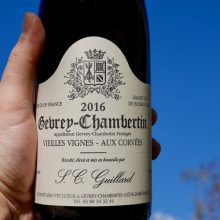
Product information
Domaine SC Guillard Gevrey-Chambertin Vieilles Vignes ‘Aux Corvées’ 2016
$95
Description
A fuller ‘village’ than the Reniard, still incredibly sophisticated, dark cherry fruit, rich and round, with a lovely line of acid. That mouthfeel again! Excellent rendition. Bang on. Poised just delicious. Such concentration of fruit. Drink 2025-2038
Out of stock
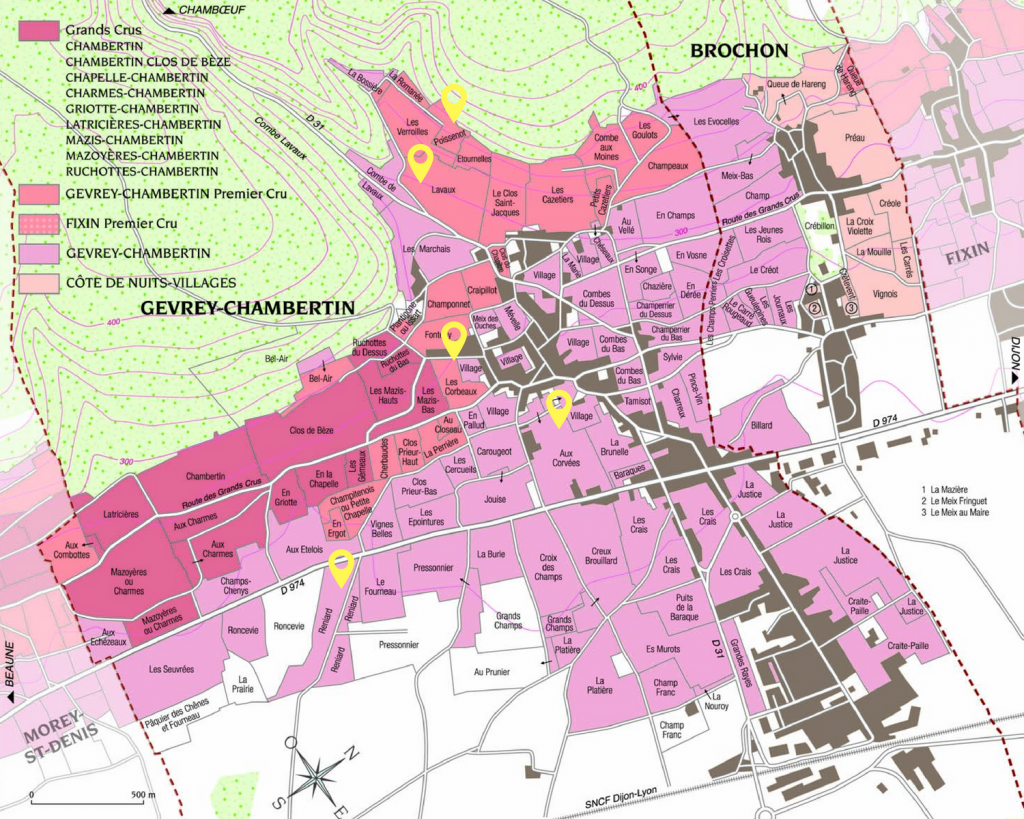
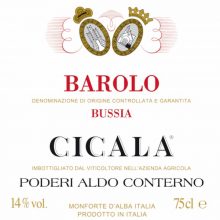
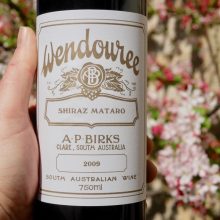
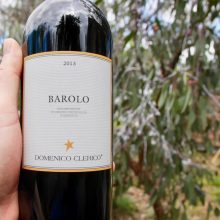
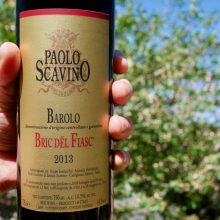
You must be logged in to post a comment.